by Naeemah Jackson
- a basic social unit consisting of parents and their children, considered as a group, whether dwelling together or not: the traditional family
- a social unit consisting of one or more adults together with the children they care for: a single-parent family
- the children of one person or one couple collectively:
- the spouse and children of one person:
- any group of people closely related by blood or marriage, as parents, children, uncles, aunts, and cousins:
So, what is your personal definition of family? Who is considered “family?” to you? There’s the traditional family unit: mother, father, children that Boomers grew up with while glued to the television watching June Cleaver in “Leave it to Beaver;” clad in her ever-present billowy dress, lovely apron, pearls, and vacuuming in high heels. Then we saw Donna Reed, in “The Donna Reed Show;” again, elegantly dressed and cleaning in high heels. Can’t forget “Father Knows Best.” But then things changed. Enter the 70’s, the ’80s, and ’90s, where families portrayed on television broke the 50’s mold. From blended families as in the ”Brady Bunch,” irreverent families as in “Married with Children,” and “The Conners,” taboo-breaking families like “Archie Bunker and All in the Family,” and of course ground breaking shows like “Good Times” and “The Huxtables,” which portrayed Black families from two different socio-economic worlds. One living in the projects, and one with a father who is a medical doctor, and a mother who is a successful lawyer. More feel-good family shows like “Family Ties,” “The Waltons,” “Fresh Prince of Belair,” “Boy Meets World,” and “Step by Step” was broadcast in every American living room. All designed to uplift the modern American family. How much was relatable to the average American family can be debated. Were you a “Good Times” family or a “Falcon Crest” family?
Currently, we must include the “non-traditional” family that embraces same-sex marriage and their children; the increasing number of single-parent families and their children, sometimes through adoption; and inter-racial families and their children, sometimes through adoption.
Undoubtedly, we are witnessing an evolution in the social and cultural definition of “Family.” Yet the underlying and basic fundamentals of the significance and importance remain the same – no matter the configuration. Some would consider popular plaques that one can purchase in dollar stores which define family as kitch; but they can hit the mark. E.g., a very popular one is:
FAMILY
Our refuge from the storm,
Our link to the past,
Our bridge to the future.
Personally, I find this definition to be accurate as it captures the essence of what most people consider a family to be. But in reality, a family is who they say they are. A family can be just one person who lives and fends for themselves as me, myself, and I.
Civically speaking, families are the building blocks of a community. Communities are building blocks of the city; from the city to the state and from the state to the nation. How our families fare gives clear indicators of how the country is faring. The US Census Bureau reported in September 2021 that 11.5% of families of four are living below the poverty line. A sad testament for the richest nation on earth.
But even given this dismal statistic, I have found that the wonderful families I work with – the majority who live below the poverty line – are dynamic, loving, productive, protective, and resilient; and strive mightily for a better life for their children.
Obviously, we can no longer apply the traditional definitions of who and what a family is. And, in my humble opinion, this is a good thing. Stereotypes just don’t work. Inclusion and acceptance is a much more civilized approach. And it will bring much-needed peace and resolution around this issue which seems to take up so much space in our political discourse.
I sustain myself with the Love of Family. Dr. Maya Angelou
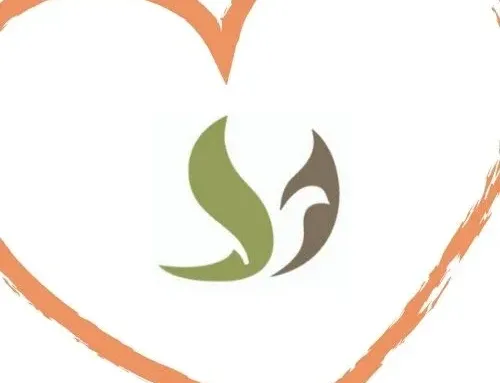
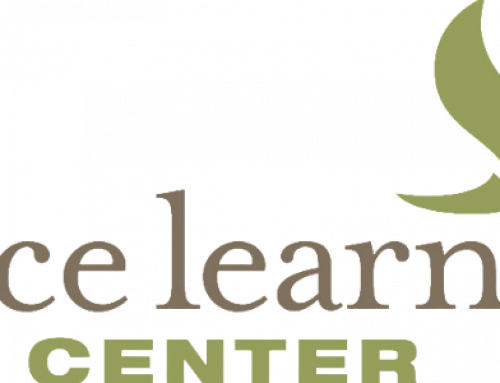
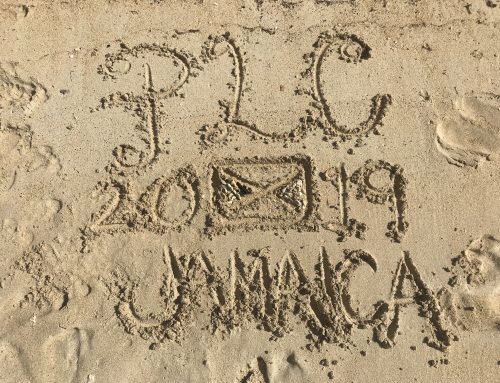
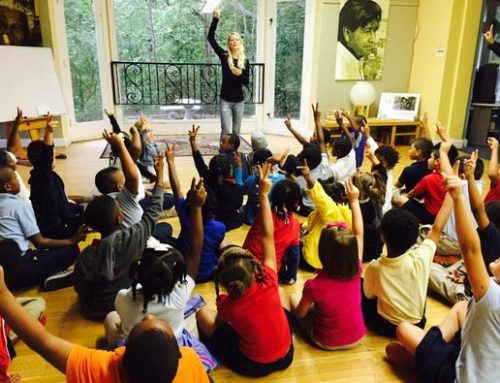
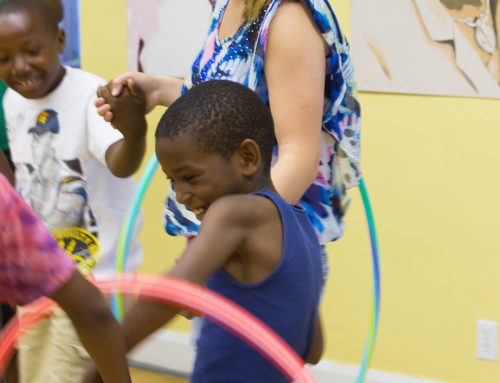
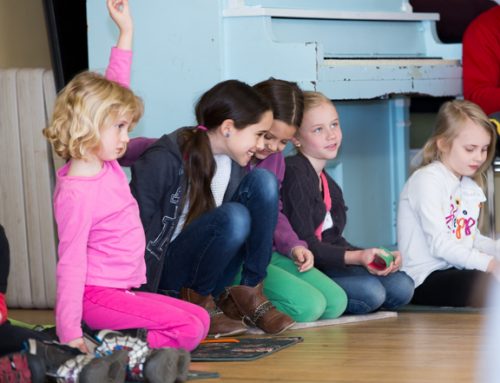
Having run my own learning center this blog is on spot <3. Keep up the good work